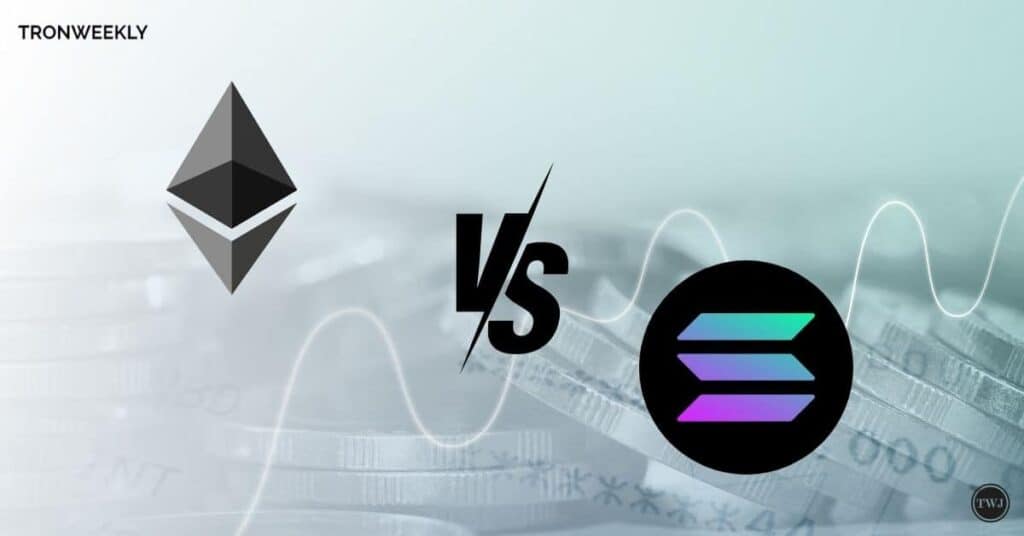Solana Vs. Ethereum: Why Solana May Struggle As A Global Blockchain Backbone

- Solanas architecture limits it from achieving the decentralization needed for a global backbone.
- Ethereum leads as the financial backbone, dominating Layer 1 as a base for L2 solutions.
- High bandwidth needs and centralized ownership hinder Solanas scalability potential.
Ryan Berckmans gave an outlook on Solanas capability to transition to a global blockchain network while Ethereum is already clearly defined in this role. In a recent X post, Berckmans pointed out that Ethereum is well-placed to become the financial backbone of this new architecture, and that SOL has some significant challenges to overcome if it is to succeed in its goal of being the go-to layer for L2 solutions.
These events have made Ethereums backbone approach the dominant model for Layer 1 protocols in supporting global financial applications. Since the companys shift four years ago, Ethereum has transformed into the base layer for L2 solutions and dApps.
Solanas Limited Scope
It takes advantage of a strong architecture to function as the backbone of a growing blockchain environment. He stated that Solana has performed quite well in specific areas such as DeFi and meme tokens, but it does not have the versatility of Ethereum and cannot be regarded as a universal solution, he said.
Solana has recognized the L2s model as a distinct scaling strategy that Berckmans says has become the standard among large companies and governments exploring the use of blockchain. In the beginning, the project was focused on the monolithic structure, which. SOLs fast and low transaction fees were the main features of the chain, however, the term integrated has been used as the second layer solutions have been increasingly popular.
Challenges in Solanas Growth
Despite Solanas attempts to adapt, Berckmans argued that five primary constraints limit its potential to replicate Ethereums role:
1. Lack of Client Diversity: Ethereum has four different client versions which help the network to be strong and minimize the potential risks. Despite that, SOL has only one client, which makes the network more vulnerable to potential outages and cyber threats.
2. High Bandwidth Requirements: Currently, Solana recommends having 10 Gbps upload, which in turn hampers decentralization as the network heavily relies on the data centers of large companies, and imposes restrictions in many regions.
3. Outage Risks: In comparison to ETH, Solana has a history of outages, which makes it look weak as a global financial network.
4. Centralized Ownership: Of the initial supply of SOL, the insiders own 98% of the network, which may not appear very decentralized in comparison to Ethereum; despite having a higher concentration in the hands of the public.
5. Scaling Focus Misalignment: Solanas L1 execution specialization does not correspond to the tendencies towards zk-rollups and other L2 solutions that are currently observed in the industry, which makes Ethereum a more suitable choice for scalable dApps.
While Solana could stay relevant and survive in some niche markets, it is still far away from challenging Ethereum as the essential infrastructure of decentralized finance. The adoption of L2 is going faster and faster, and Ethereum is virtually unrivaled in the level of decentralization it offers, and the trust that underpins it for the global blockchain community.
Read more: https://www.tronweekly.com/solana-vs-ethereum-why-solana-may-struggle/
Text source: TronWeekly










